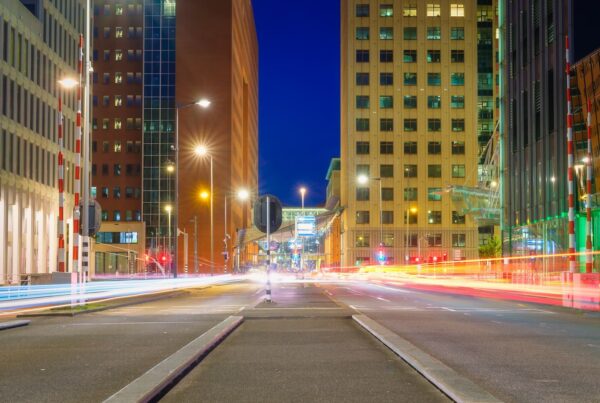 Over the past couple years, I’ve stepped up my photography skills and equipment so I can use them to generate another revenue stream. Photography is a great adjunct for freelance writers since it can be done while reporting, or researching pertinent information to a topic.
Over the past couple years, I’ve stepped up my photography skills and equipment so I can use them to generate another revenue stream. Photography is a great adjunct for freelance writers since it can be done while reporting, or researching pertinent information to a topic.
That’s why I recently purchased a Canon 60D single lens reflex (SLR) camera because I wanted to document all of my stories including those unexpected opportunities. The 60D doesn’t doesn’t really have a pocketable form factor but its polycarbonate body is relatively lightweight when compared to more full sized cameras like my Canon 5D. So the 60D fits right into my reporter bag without too much sag.
Although most photo editors will assign a dedicated photographer to shoot your story, there are always opportunities that may pop up that only you are able to document. That’s why you should just photograph everything that relates to your story, even if it’s for your own reference. Having reference photos can also help you sell pitches to editors. The 60D works well on the sly since it has great low light capability that can capture dark scenes without a flash.
The 60D can also record high definition 1080p video at broadcast quality. Assuming that you expose and compose your shots properly, video is another product that you can package with your story. Be aware that most SLRs, including the 60D, can only record up to 4 gb file sizes (about 15 minutes at 1080p, longer at lower resolution). You won’t be able to leave the camera unattended for long periods, but you can just hit the record button again and the camera will start a new video file. To shoot video, you’ll also need to purchase decent removable SD flash cards that are rated at class 10 or higher. Stick with San Disk, Lexar and Transcend which are reliable brands.
Some of my friends have the cheaper but capable Canon Rebel. I think the 60D is worth the extra money since it’s far easier to operate on the go. The 60D has a second LCD screen on top with dedicated buttons that operate many camera functions. On the Rebel, you have to scroll through multiple menus on the rear LCD to change features like white balance, a feature that allows you to properly match the camera to the lighting of your scene.
Overall, the 60D is really not much bigger than the larger “compact super-zoom” cameras like the Panasonic Lumix series. But the 60D has far more capability to produce high quality shots that are suitable for print publication. The 18 megapixel sensor, which is the same one used in the higher end Canon 7D, can produce high resolution, tabloid sized photos. But it’s important to mate the 60D with good lenses. Note that the 60D has an APS-C sized sensor, which is smaller than a 35mm negative. This means that the very affordable 50mm f/1.8 lens will actually be more like a 70mm lens, which puts it into portrait range.







